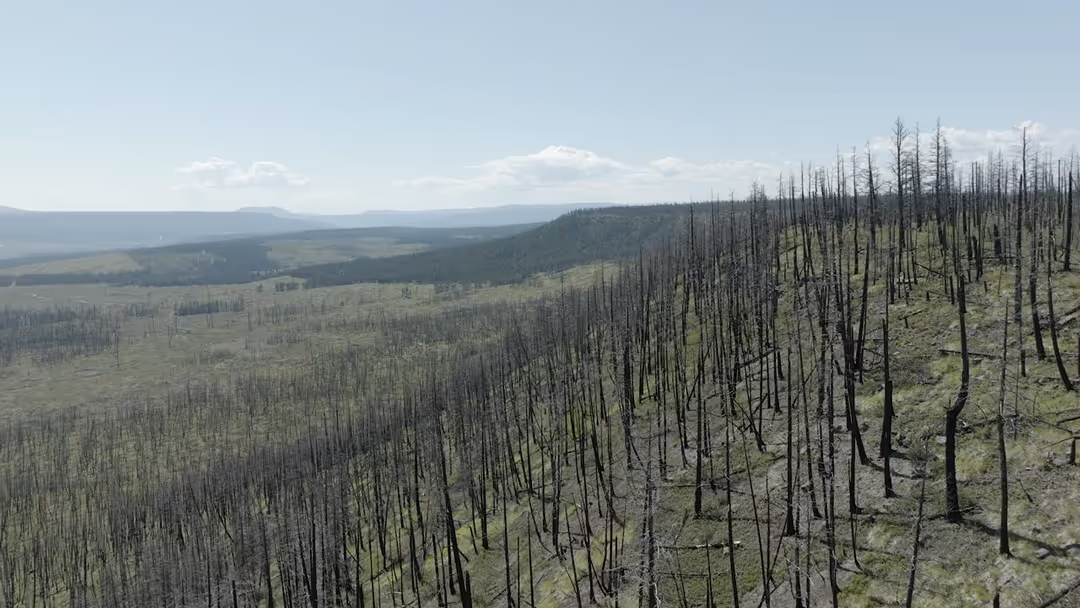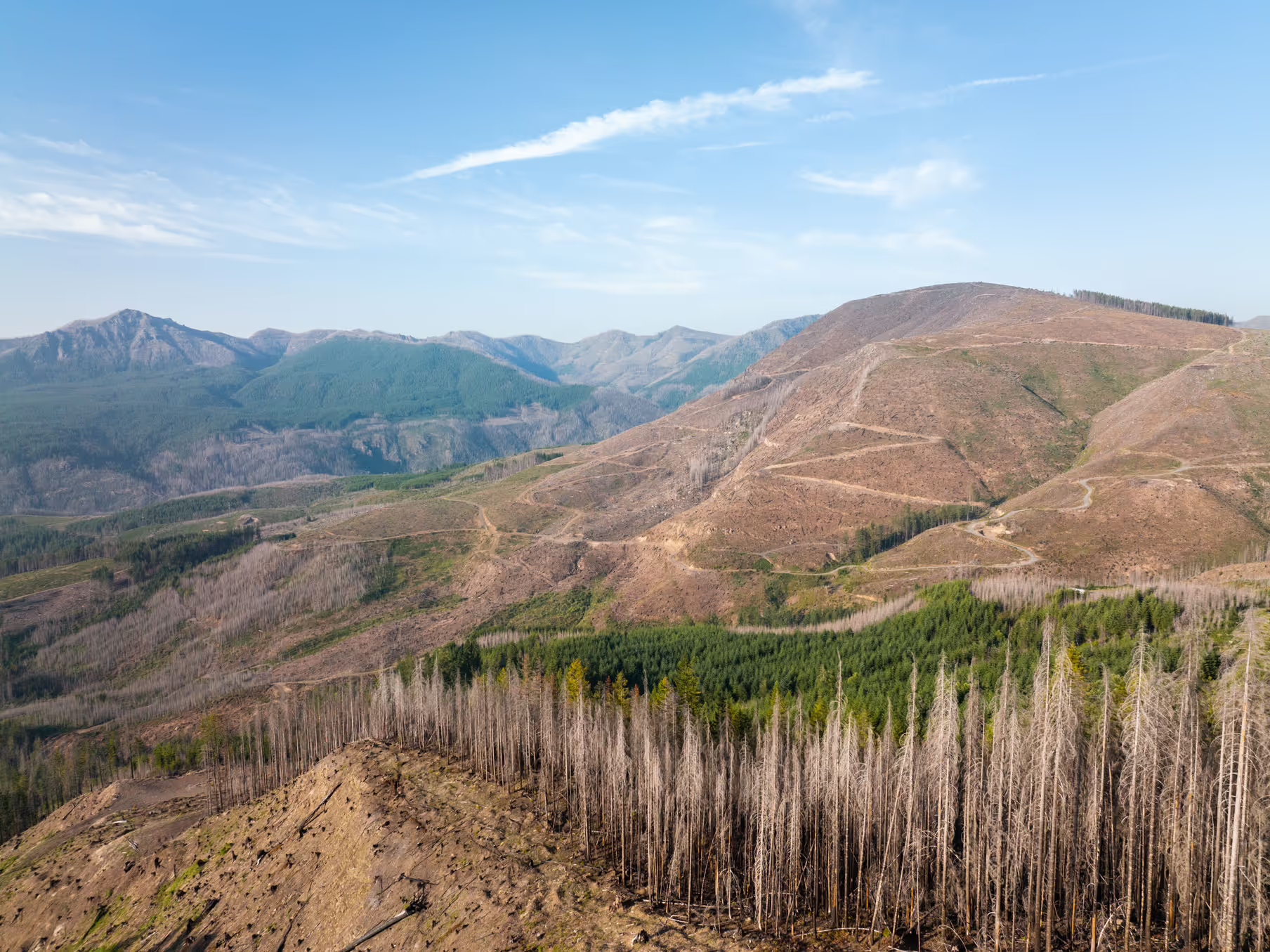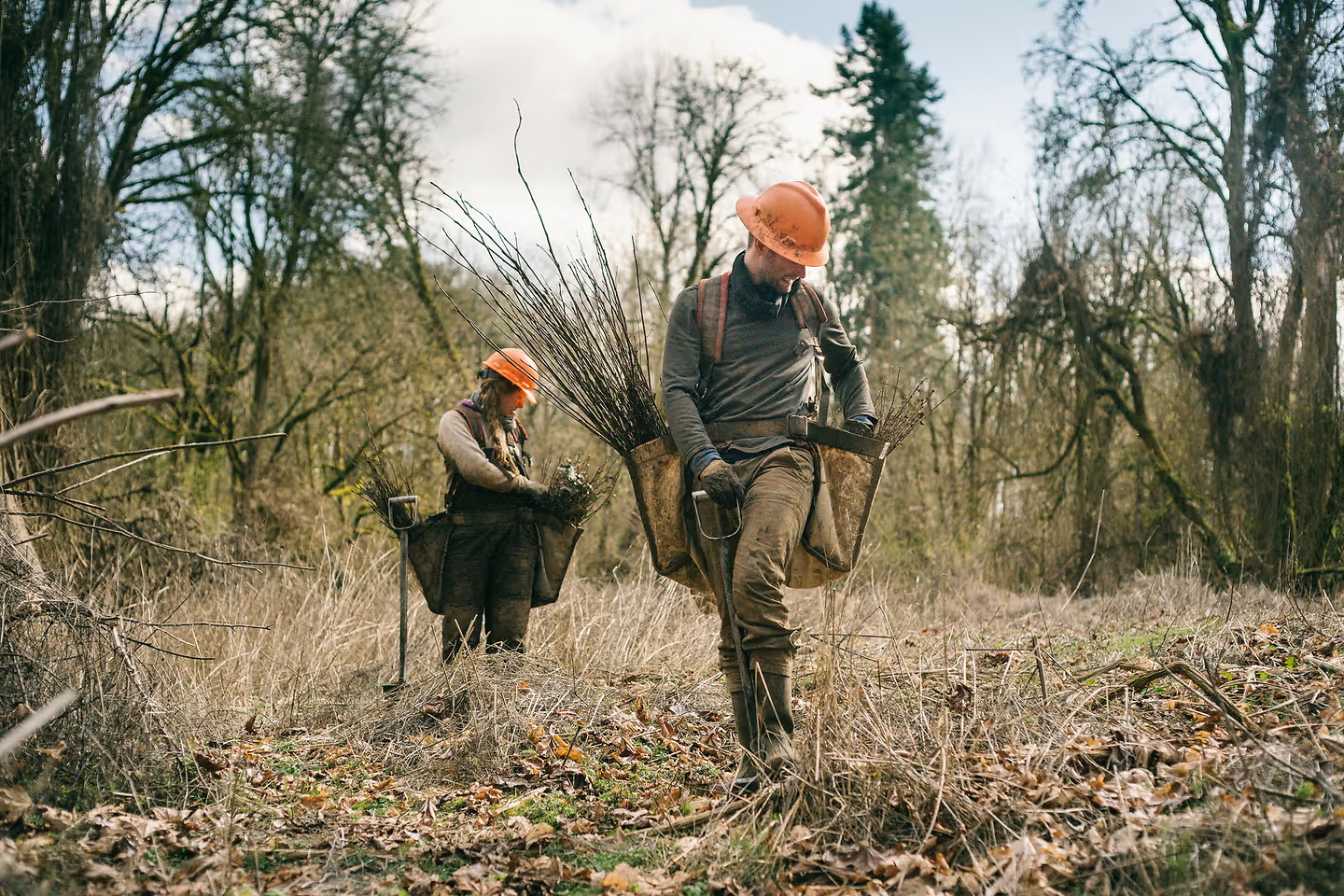1. “Area Burned by Forest Fires in Canada 2000-2020.” Statista, www.statista.com/statistics/553520/area-burned-of-forest-fires-canada/.
2. Government of Canada. “Natural Resources Canada. The Atlas of Canada. Physiographic Regions of Canada.” Atlas.gc.ca, 12 Sept. 2016, atlas.gc.ca/phys/en/index.html.“
3. U.S. Wildfires: Acres Burned 1983-2020.” Statista, www.statista.com/statistics/203990/area-of-acres-burnt-due-to-wildland-fires-in-the-us/.
4. “Land Area in Hectares.” Our World in Data, ourworldindata.org/grapher/land-area-hectares.








